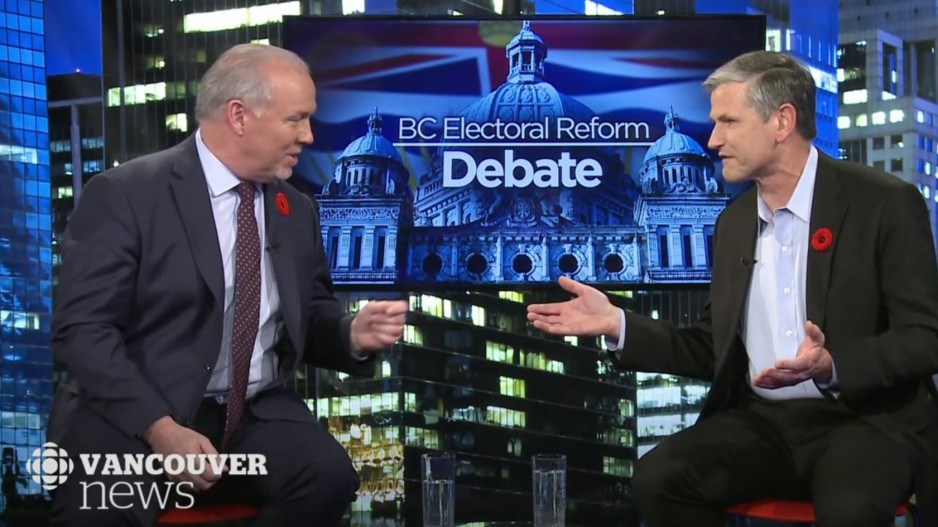So, about this referendum.
Surely you know by now that we’re being asked to vote on whether we think the province should maintain its current electoral system of First Past the Post (FPTP) or move to a system of proportional representation (PR).
Like many voters, I understand the basic difference between the two. In FPTP, whoever gets the most votes in a particular riding wins the seat and whichever party wins the most seats, runs the government. Simple.
Where it becomes a head scratcher is when one party ends up with 100 per cent of the power (majority government), despite having just 39 per cent of the popular vote — as is the case with our current federal (Liberal) government.
PR, on the other hand, ensures that if a party gets 30 per cent of the vote, it gets 30 percent of the seats. Simple.
The catch here is how do you decide which candidate ends up representing which ridings. And this brings us to the second not-so-simple question on the ballot: if you want PR, which of three systems would you choose.
Last week, I tuned into the leaders debate (Premier Horgan arguing for PR and the Liberal’s leader Andrew Wilkinson arguing for FPTP) naïvely thinking it would give me a clearer idea of the pros and cons, as well as a better understanding of the three PR options. Ha! What was I thinking?
I’m not a big fan of political debates at the best of times, so my expectations were not particularly high, but even I was astonished at how completely useless the ... well ... to call it a debate is a stretch, was. Honestly, both should be ashamed. Moreover, it left those of us seeking clarity in an even thicker fog.
But, fear not. When your leaders let you down, Google and YouTube are there to tell you what to think.
Actually, these are not bad options. A number of YouTube “explainers” are remarkably helpful with all their clever graphs and colourful illustrations. Last weekend, I spent hours (I’m not even kidding here) watching a few of them multiple times and fervently discussing the various systems with my partner. My conclusion: the proposals are neither simple, as Horgan said, or a “dog’s breakfast” as Wilkinson said.
It did take some effort to get my mind around the options, but the more familiar they became, the more reasonable they seemed. While perhaps not perfect, they are a genuine attempt to ensure that the people’s government is the best possible reflection of the people’s vote. And that, in itself, is the crux of democracy — despite all its pitfalls and challenging consequences.
But whatever you think of FPTP or PR or the three options, it would be a real shame if people simply bowed out of the debate because it’s “too complicated.”
It’s not too complicated, what it is is unfamiliar. And, sure, the unfamiliar often looks like a dog’s breakfast. I’ve thought that about some iPhone upgrades, but not being used to something is not a great reason to reject it.
Point being, governance matters, get informed and vote. If you can handle a smart phone, you can handle this.



